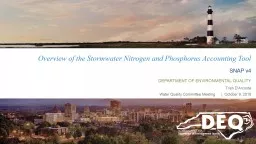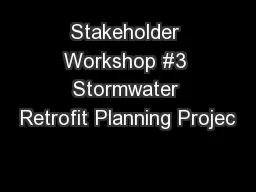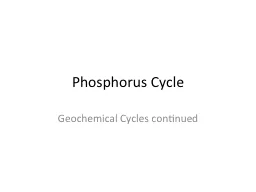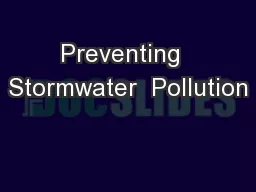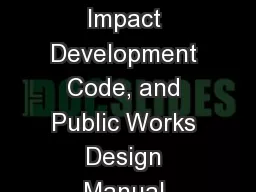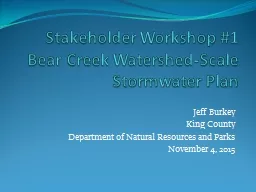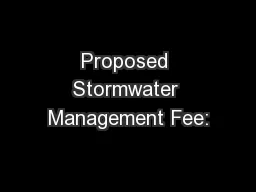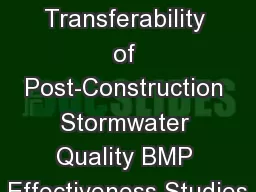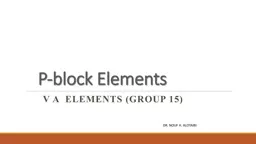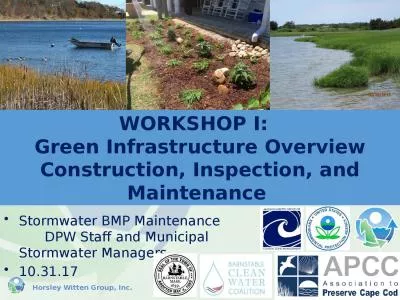PPT-Overview of the Stormwater Nitrogen and Phosphorus Accounting Tool
Author : sherrill-nordquist | Published Date : 2019-11-01
Overview of the Stormwater Nitrogen and Phosphorus Accounting Tool SNAP v4 Department of Environmental Quality Trish DArconte Water Quality Committee Meeting October
Presentation Embed Code
Download Presentation
Download Presentation The PPT/PDF document "Overview of the Stormwater Nitrogen and ..." is the property of its rightful owner. Permission is granted to download and print the materials on this website for personal, non-commercial use only, and to display it on your personal computer provided you do not modify the materials and that you retain all copyright notices contained in the materials. By downloading content from our website, you accept the terms of this agreement.
Overview of the Stormwater Nitrogen and Phosphorus Accounting Tool: Transcript
Download Rules Of Document
"Overview of the Stormwater Nitrogen and Phosphorus Accounting Tool"The content belongs to its owner. You may download and print it for personal use, without modification, and keep all copyright notices. By downloading, you agree to these terms.
Related Documents

